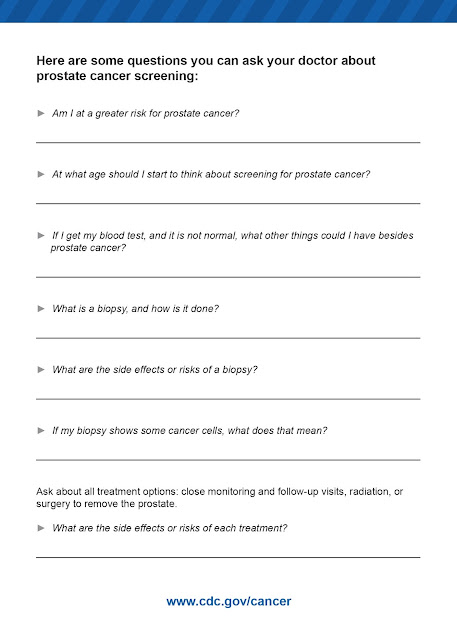 |
| Source: WHO |
This guideline responds to requests from organizations, institutions and individuals for guidance which consolidates existing recommendations specific to women living with HIV along with new recommendations and good practice statements.
It is expected to support front-line health-care providers, programme managers and public health policy-makers around the world to better address the sexual and reproductive health and rights (SRHR) of women living with HIV.
The starting point for this guideline is the point at which a woman has learnt that she is living with HIV, and it therefore covers key issues for providing comprehensive SRHR-related services and support for women living with HIV.
You could download the report from the link below:
Sources:



